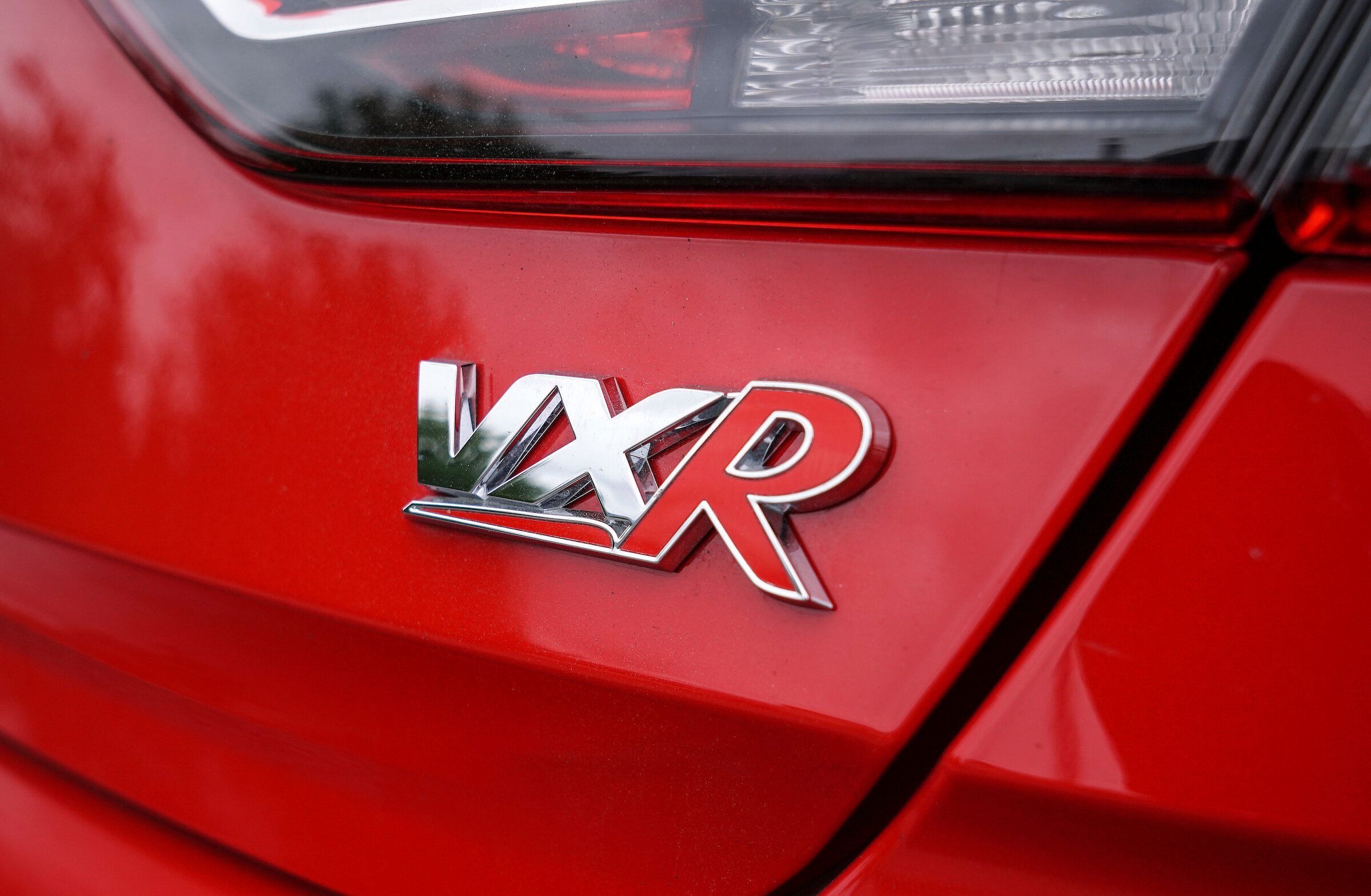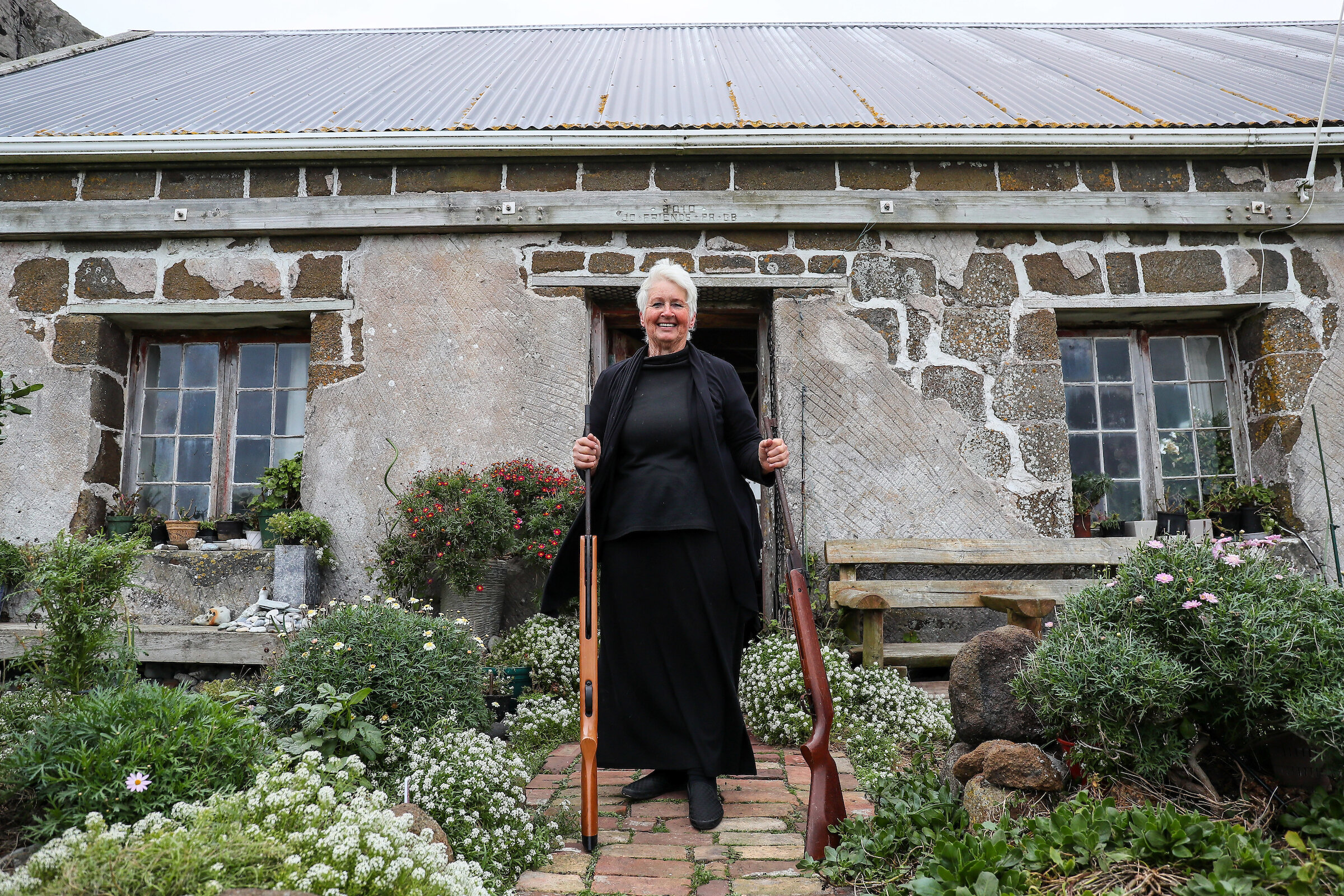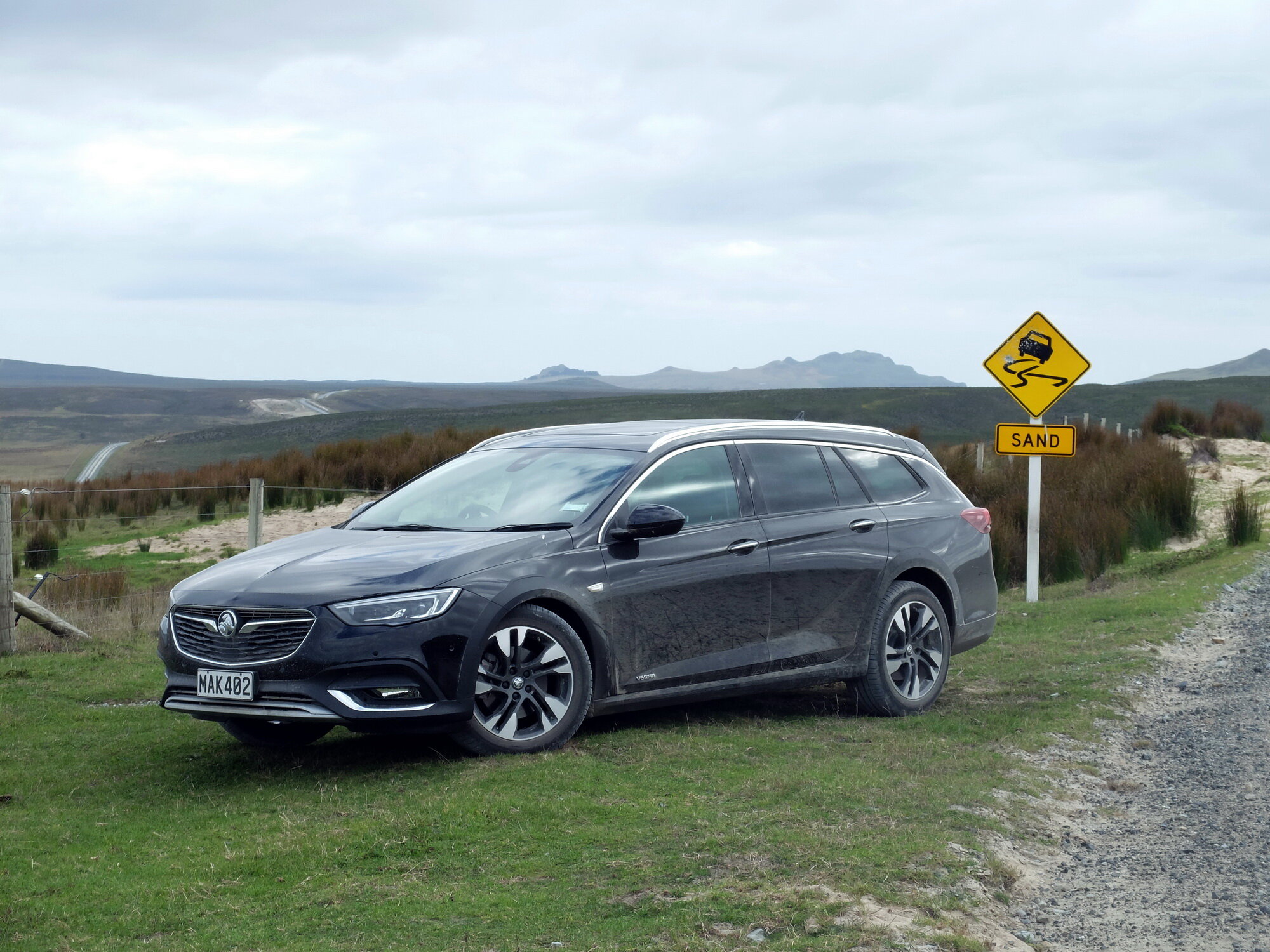Covid-19: How lockdown lunched Commodore's final fling
/It was going to be their last time together, a chance for closure forced by, well, just that. But then fate dealt another blow …
In a few days from now I was scheduled to spend a week behind the wheel of a Holden Commodore.
It was going to be a sort of Last Hurrah for two iconic motoring names – Holden and Commodore – that have been such a strong part of my professional life for many years.
Actually when the road test was first booked in January, the intention was for the subsequent article to celebrate just one of the words – Commodore. That was because at that stage Holden Australia had announced its intention to retire the model and concentrate solely on SUVs in the New Zealand and Aussie new vehicle markets.
But then in February General Motors made the shock announcement that it was moving out of production of right-hand drive vehicles around the world, which has spelt the end of that second iconic word – Holden.
Tragic though that announcement was, I figured it added extra importance to my plan to have that final drive of a Holden Commodore. I planned to take it to the Supercars at Hampton Downs as means of celebrating the 42-year career of the model.
But then in March the whole of New Zealand was shut down and everyone sent home in the big nation-wide effort to keep the dreaded COVID-19 pandemic under control. And that put paid to any chance of getting my hands on the beautiful white Commodore VXR that had been booked for me to drive.
Calamity!
Let’s hope this massive health crisis does ease before Holden New Zealand shuts its doors at year’s end, and that I do get to drive that Commodore. The brand and the nameplate deserve nothing less, because they have both been such an important part of this country’s motoring history.
The first version, the VB (below), was launched way back in 1978 as a slightly smaller and more fuel-efficient replacement of the full-sized Kingswood and Premier. Legend has it that that first model was built on an Opel rear-wheel drive platform, the bodyshell a combination of panels from the Opel Rekord and Senator models, and the car made wide enough to fit three Aussie male bums across the back seat.
The inaugural Commodore wasn’t as large as its arch-rival the Ford Falcon and it was initially thought that might affect sales. But one year later the smaller size became a sales advantage because a world energy crisis saw oil – and petrol - prices skyrocket, leaving Holden perfectly positioned to market its fuel efficiency.
All of the first-generation Commodore variants – VB, VC, VH, VK and VL – were also built in New Zealand, and so was the opening version of the second-generation model, the VN, until Kiwi assembly was halted in 1997.
The Aussies kept building the Commodore for a further 20 years, moving through two more model generations that culminated in the magnificent VF that has to rate as the best Australian car ever made. But in 2017 Holden had to shut down its assembly operations, and the following year it replaced the Aussie Commodore with an Opel from Germany that it rebadged the Commodore ZB.
And that, folks, was the Commodore I was scheduled to drive.
So what now? Well, since all motoring journalists throughout New Zealand have had their scheduled road tests cancelled until the COVID-19 crisis is over, we’re all now reduced to writing about other stuff.
Such as, the new vehicle market, and how Holden NZ is performing in it as its heads towards the time when it must close it doors for the final time.
Well actually, the brand is doing quite well.
Last month was a disaster for the kiwi new vehicle industry, with registrations down a massive 37.5 per cent on March last year. But one bright light in the midst of all the wreckage was Holden, which increased its overall market share from a depressing 7 per cent to a happier 10 per cent – which boosted the brand to second place behind Toyota.
The reason for this is obvious. Holden announced the forthcoming retirement of the brand in mid-February, and ever since it has been running an extensive retail campaign across the entire vehicle range.
Standout models in the campaign have been the Colorado ute which took a 13 per cent share of commercial market via 370 sales in March, and the Trax, Equinox and Acadia SUVs.
There’s still a selection of Holden models still en route to New Zealand too, and they’ll all be offered at special prices as Holden continues with its closing-down sale. That’s once the country’s Alert Level 4 is over, mind you, because new vehicle sales are effectively on hold until then.
Just like motoring journoes’ road test bookings. Gee, I hope it all ends sooner rather than later – because after writing this piece I want to enjoy that final drive of a Commodore more than ever...



























